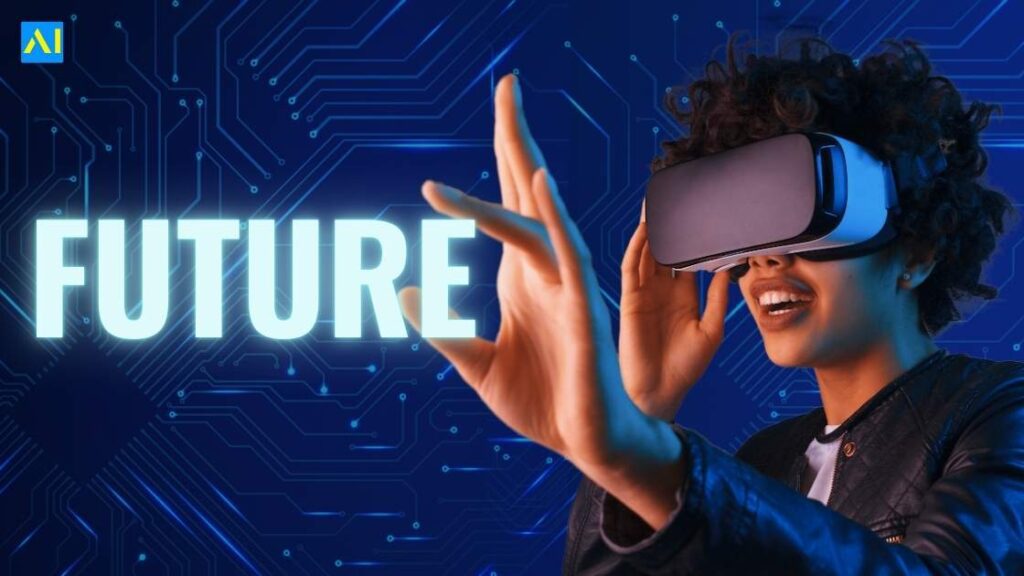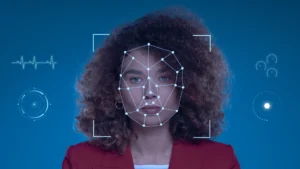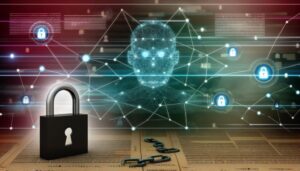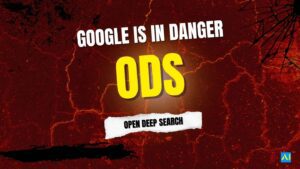Artificial intelligence is rapidly proving that it can see patterns and outcomes that humans regularly miss.
What once felt like science fiction is becoming a reality because AI systems are beginning to frame the future in health, climate, work, and even space.
Recent projects show us just how far AI has already come. For instance, IBM and NASA built an advanced model, Surya, which is like a digital twin of the Sun.
Using 9 years of solar imagery, Surya can predict solar storms up to two hours faster than traditional forecasting systems.
The ability to predict solar storms hours in advance will help protect satellites and power grids, and potentially GPS signals from major disruptions. AI is showing us how it can help protect everyday life (Wired).
The environment is another aspect of having a clearer view of tomorrow thanks to AI. Nvidia’s generative AI tool Climate in a Bottle simulates global weather down to an astounding five kilometer resolution.
This level of granularity will allow governments and researchers to envision longer-term climate changes and develop smarter law, policies and action plans for communities around the world (Wall Street Journal).
AI is not just predicting nature, it is also helping to steer people in their drive for intentional evolution.
A career design platform has begun using predictive analytics to track and map out student pathways that look to monitor skills, strengths and interests helping learners to visualize several career outcomes in the future and help prepare for trends in job markets before they reach full development.
Research shows also that “skill bridges,” identified by AI, amplify transition between industries and learning new skills to create new opportunities for learning opportunities and development (NACE).
Business, too, has embraced predictive AI as well. Retail businesses are using it for predicting customer demand, manufacturers are using it to avoid equipment failures, and distribution routes are using insights gained from predictive analytics.
In fact, researchers believe that it will become a $95 billion industry by 2032 and that many organizations will depend on predictive analytics to plan for the future (CIO).
These developments indicate that AI is not simply something of the present; it is a partner for the future. AI is helping us find hidden patterns and create data set processing that provides paths of guidance that is simply not possible from a human standpoint.
Like now a days you have bunch of AI tools for every field what you want to do.
AI is leading us into the future, whether that is to protect this planet, enable students for the workforce, or provide us with a head start on tomorrow.



